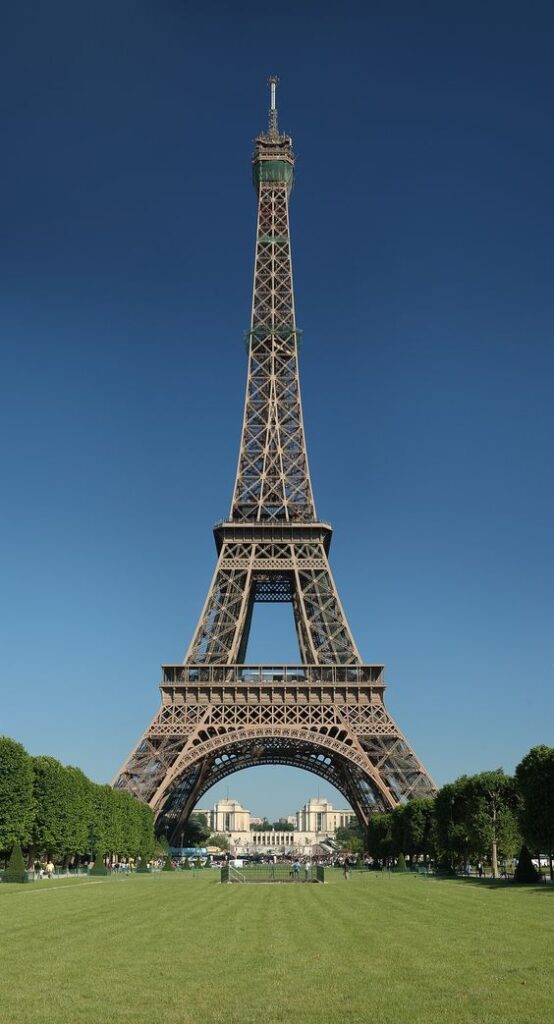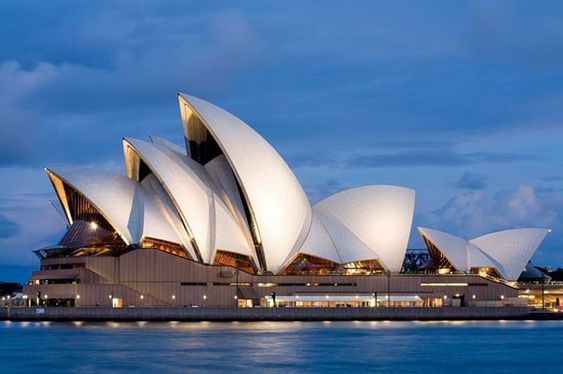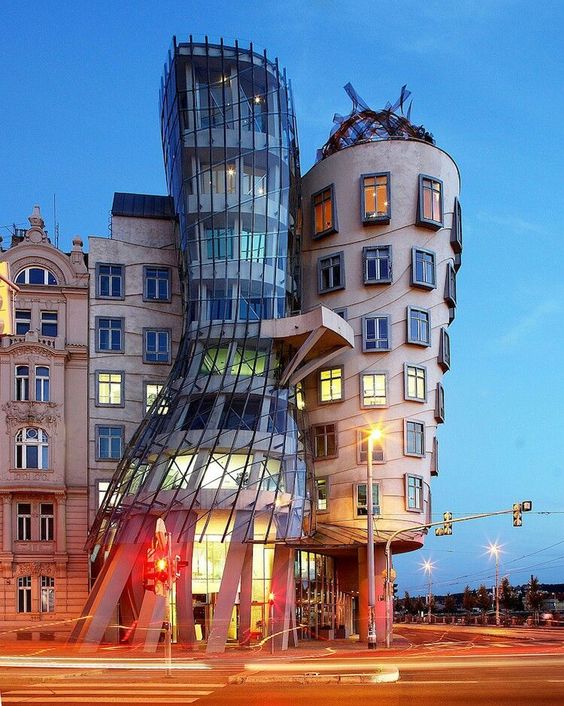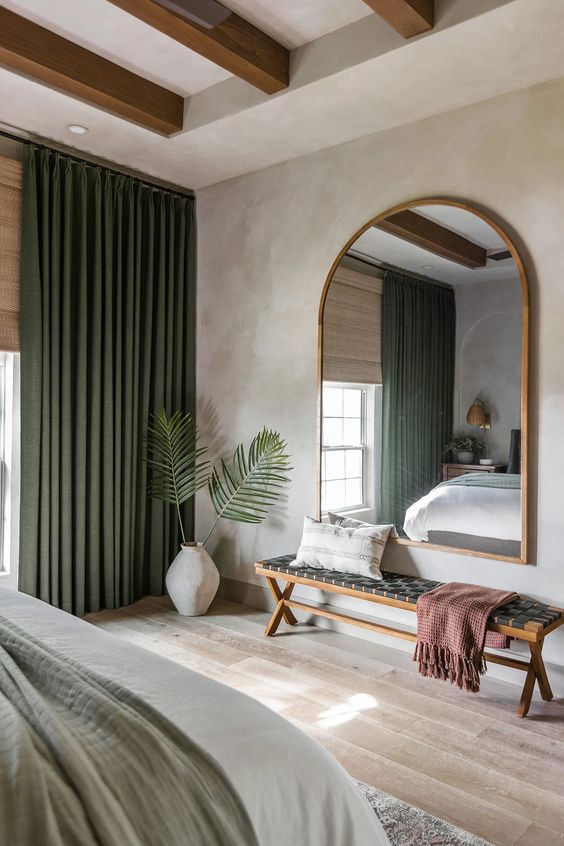Art and Architecture: Iconic Buildings as Artistic Masterpieces
Art and architecture have long been intertwined, with iconic buildings often being considered as artistic masterpieces. From ancient structures like the Pyramids of Egypt to modern works of art like the Guggenheim Museum in Bilbao, architecture has the power to inspire and evoke emotions.
In this blog, we will explore the connection between art and architecture, and how these magnificent structures leave a lasting impact on society and culture. Whether you are a lover of art, architecture, or both, this blog is for you. Join us as we delve into the world of iconic buildings as artistic masterpieces.
The fusion of art and architecture
The fusion of art and architecture is a harmonious symphony that captivates and mesmerizes the senses. When these two disciplines intertwine, the result is a breathtaking masterpiece that defies categorization. Architects utilize the principles of art to design buildings that not only serve their purpose but also transcend their utilitarian nature.
Through careful consideration of form, line, color, and space, architects create structures that evoke emotions, provoke thought, and challenge our perceptions. From the intricate detailing of Gothic cathedrals to the sleek lines of modern skyscrapers, every element is thoughtfully crafted to enhance the overall aesthetic experience.
Additionally, art contributes to architecture in various ways, such as through the integration of sculptures, murals, or mosaics, which add another layer of visual interest and narrative to a building. This integration blurs the line between art and architecture, creating a unified space where creativity and functionality harmonize.
In the next section of this blog, we will explore specific examples of how art and architecture converge to create incredible works of art, and the impact they have on the surrounding environment and people who interact with them. Stay tuned for a deeper dive into the world of architectural masterpieces as artistic wonders.
Iconic buildings as cultural symbols
Iconic buildings have the power to transcend their physical existence and become cultural symbols that represent a city, a nation, or even an entire era. These architectural marvels become ingrained in our collective consciousness, serving as a testament to the creativity and ingenuity of the human spirit.
Take, for example, the Eiffel Tower in Paris. Originally built as an entrance arch to the 1889 Exposition Universelle, it has now become synonymous with the city itself. Its intricate lattice-work and towering height have made it a global icon, drawing millions of visitors each year who marvel at its beauty and symbolism.

Similarly, the Sydney Opera House in Australia is not just a venue for performances but also a symbol of the country’s rich cultural heritage. Its unique sail-like design, inspired by the natural forms found in the harbor, has turned it into a recognizable landmark around the world.

These iconic buildings serve as a source of pride for their respective communities, promoting a sense of identity and unity. They become focal points for cultural events, celebrations, and gatherings, fostering a sense of community and shared experiences.
In the next section, we will delve deeper into the architectural and artistic elements that make these buildings truly iconic. Stay tuned as we explore the stories behind some of the world’s most famous architectural masterpieces.
The role of aesthetics in architectural design
When it comes to iconic buildings, aesthetics play a crucial role in their design and overall impact. Architects carefully consider the visual appeal of their creations, as they understand the power of a well-designed structure to captivate and inspire.
Aesthetic considerations in architectural design encompass a wide range of factors, including form, symmetry, materials, colors, and textures. Each decision contributes to the overall visual harmony and beauty of the building.
For example, the graceful curves and grand proportions of the Guggenheim Museum in Bilbao, Spain, designed by renowned architect Frank Gehry, are a testament to the importance of aesthetics. The museum’s striking titanium-clad exterior and sleek lines create a sense of movement, capturing the attention of passersby and drawing them in.
Similarly, the Taj Mahal in India, with its symmetrical design, intricate marble inlay work, and meticulous detailing, showcases the beauty that can be achieved through an aesthetically pleasing architectural masterpiece. Its perfect balance and exquisite craftsmanship make it a timeless symbol of love and devotion.
Aesthetics in architectural design not only serve to create visually appealing structures but also evoke emotions and tell stories. By using various artistic elements, architects have the power to influence our moods and perceptions, turning buildings into powerful artistic masterpieces.
Artistic masterpieces that redefine architecture
In the world of art and architecture, there are certain buildings that push the boundaries of design and redefine what is considered possible. These extraordinary structures not only captivate our imaginations but also challenge our understanding of what a building can be.
One such building is the Sydney Opera House in Australia. Designed by Danish architect Jørn Utzon, this iconic structure is not only a feat of engineering but also a true work of art. Its unique, sail-like shape and sculptural form have made it one of the most recognizable buildings in the world. The combination of its stunning design and its function as a performing arts venue has made the Sydney Opera House a symbol of creativity and innovation.
Another architectural masterpiece that defies convention is the Burj Khalifa in Dubai, United Arab Emirates. Designed by Adrian Smith of the architectural firm Skidmore, Owings & Merrill, this towering skyscraper stands at a staggering 828 meters, making it the tallest building in the world. Its sleek, modern design and graceful tapering shape give it a sense of elegance and grandeur. The Burj Khalifa has become an iconic symbol of Dubai’s ambition and progress.
These extraordinary buildings not only shape the cities they inhabit but also leave a lasting impact on our collective consciousness. They serve as testaments to human creativity and the power of architecture to inspire and amaze.
In the next section, we will delve deeper into the artistic elements that make these buildings true masterpieces and explore the ways in which they have influenced the world of art and architecture. Stay tuned for an exciting exploration of these groundbreaking structures.
The impact of iconic buildings on society
Iconic buildings have a profound impact on society, transcending their physical presence and becoming cultural landmarks that shape our collective identity. They become symbols of the cities they inhabit, drawing tourists from around the world and playing a crucial role in a city’s cultural and economic development.
The Sydney Opera House, for example, has become synonymous with Australia’s vibrant arts scene and has helped position Sydney as a global cultural hub. Its iconic design has inspired generations of architects and designers, expanding the possibilities of what can be achieved in architectural form.
Likewise, the Burj Khalifa has transformed Dubai’s skyline and image, elevating it to an international destination for luxury and innovation. Its presence has catalyzed the rapid development and modernization of the city, attracting investments and contributing to its economic growth.
These buildings also serve as sources of inspiration for artists and creatives. The unique forms, materials, and spatial experiences offered by these architectural masterpieces have influenced the world of art, leading to the creation of artwork that reflects their beauty and significance.
The future of art-inspired architecture
In recent years, there has been a growing trend in the field of architecture that involves creating buildings that are not only functional and visually striking but that also serve as artistic statements in and of themselves. This movement, often referred to as “art-inspired architecture,” seeks to blur the lines between art and architecture, creating structures that are both utilitarian and aesthetically captivating.
One example of this trend is the recently completed Vessel in New York City’s Hudson Yards. Designed by Thomas Heatherwick, this interactive structure consists of a network of staircases and platforms that visitors can climb, offering unique perspectives of the cityscape. With its intricate geometric patterns and sculptural form, the Vessel is a testament to the power of art to transform the built environment.
Another noteworthy project is the Fondation Louis Vuitton in Paris, designed by Frank Gehry. This stunning building, with its curvaceous glass panels and soaring sails, is a true work of art. It not only houses a diverse range of contemporary artworks but is also a masterpiece in its own right, a testament to Gehry’s innovative approach to architecture.
As the world of art and architecture continues to intersect and influence one another, we can expect to see even more groundbreaking and awe-inspiring structures emerge. The future of art-inspired architecture holds endless possibilities, pushing the boundaries of what is considered possible in terms of design and construction. From buildings that seamlessly blend into their natural surroundings to structures that incorporate advanced technologies, art-inspired architecture is set to redefine the way we experience and interact with our built environment.
Conclusion
The fusion of art and architecture has given rise to a new era of iconic buildings that are not only functional and visually striking but also serve as artistic masterpieces themselves. From the interactive structure of the Vessel in New York City to the stunning Fondation Louis Vuitton in Paris, these buildings push the boundaries of design and construction.
The future of art-inspired architecture holds endless possibilities, with the potential for structures that seamlessly blend into their natural surroundings or incorporate advanced technologies. As the world of art and architecture continues to intersect and influence one another, we can expect to see even more groundbreaking and awe-inspiring structures emerge.








